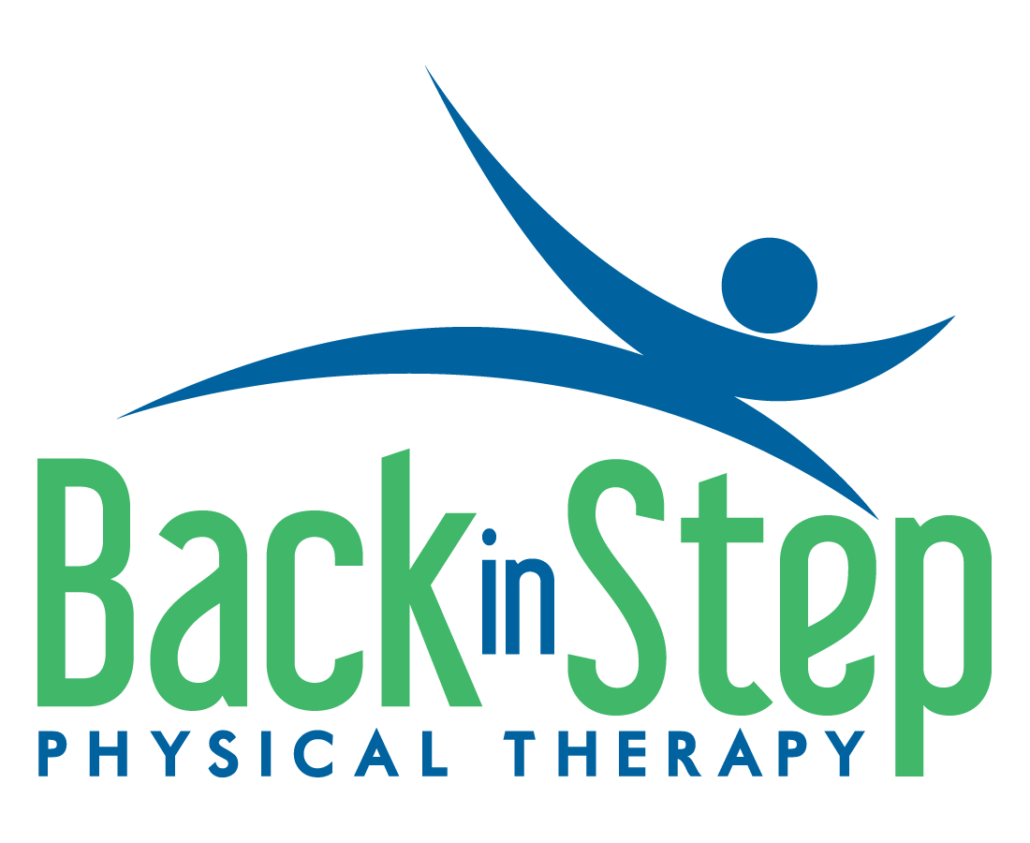Tag Archive for: hypermobility
Hypermobility & Dancers
CNN recently published a wonderful article about hypermobility and, more specifically, a diagnosis called Ehlers Danlos Syndrome.
Hypermobility is something often seen in the dance community, and all too often, it’s undiagnosed.
What is hypermobility?
Generally speaking, hypermobility just means that the joint moves more than what is expected. This is completely normal for little kids, whose flexibility decreases as they get older.
But that’s expected. It’s when we’re seeing that beyond early childhood that we start to get more interested.
These individuals may be more flexibile, bendy, or say they’re double-jointed. People can be extra flexible and have no other symptoms. Others may have a list of things that go along with it.
Hypermobility in Adolescents & Adults
There are many different types of hypermobility, some of which have genetic component Some types have impacts like bone fragility (osteogenesis imperfecta) or changes in facial struction (stickler syndrome), for example.
Others have joint hypermobility as the main focus, but certainly not as the other symptom. These include categories like Hypermobility Spectrum Disorder, Joint Hypermobility Syndrome, and Hypermobile Ehlers-Danlos Syndrome.
For this group of diagnoses, hypermobility is just one piece of the puzzle. Often times, though, these individuals may expierence things like:
- Chronic fatigue
- Headaches
- Bruising easily or trouble healing wounds
- Stomach & digestive problems
- Bowel & bladder problems
- Autonomic dysfunction, including postural tachycardia syndrome (POTS), dizziness, fainting, etc.
- Mast cell activation syndrome (MCAS), which includes allergy-type symptoms
Many other symptoms or presentations may exist within the different types of hypermobility disorders, but the list above are some of the more common ones.
Hypermobility in Dancers
It can be challenging to identify some of our dancers with hypermobility, especially since dance is a sport & art form that often demands flexibility and is a big part of training.
These dancers may say that they work on stretching all the time but they still feel tight. They may also be a dancer who gets injured often or has health issues frequently.
Common injuries related to joint instability are be hyper-extension sprains or strains, joint subluxations or dislocations.
These may also be the dancers that have trouble with coordination or certain technique. With unstable joints, it’s harder to get good information from their proprioceptive system – the one that tells our brain where each part of our body is in space. That lack of good information means the dancer isn’t aware of how pointed their foot is or have trouble balancing, for example.
A dancer with hypermobility (diagnosed or not) may have their dance careers impacted by the joint instability or other symptoms. It is helpful to get the diagnosis and the support to help manage it.
Common Challenges
Hypermobility disorders, especially ones like Ehlers-Danlos (EDS), often go way too long without a diagnosis. It’s all too common to hear stories about people getting diagnosed in their 40s or 50s, seeing doctors for years for the various symptoms, and experiencing so much frustration.
With some of these diagnoses, other life-affecting problems abound, like gut issues, allergy-like symptoms, anxiety & other mental health issues – the list goes on.
According to the Ehlers-Danlos Society, the average time to diagnosis can be 10-12 years. One study also showed that 20% of EDS patients have seen more than 20 doctors while trying to get a diagnosis.
Why this is important
Although there currently is no cure for EDS or other hypermobility disorders, there are things that can be done to support those with the diagnosis.
There are a growing number of resources available to help, including specialists who focus in this area. These specialists can help with supportive nutrition plans, ways to work on physical health while maintaining joint safety, and so much more.
At Back in Step PT, we’ve seen many cases of young dancers with suspected or diagnosed hypermobility disorders. We’re hear to support you and help you get some answers.
Back In Step Physical Therapy
6551 S Revere Pkwy, Ste 215
Centennial, CO 80111
(303) 960-2075
info@backinsteppt.com
